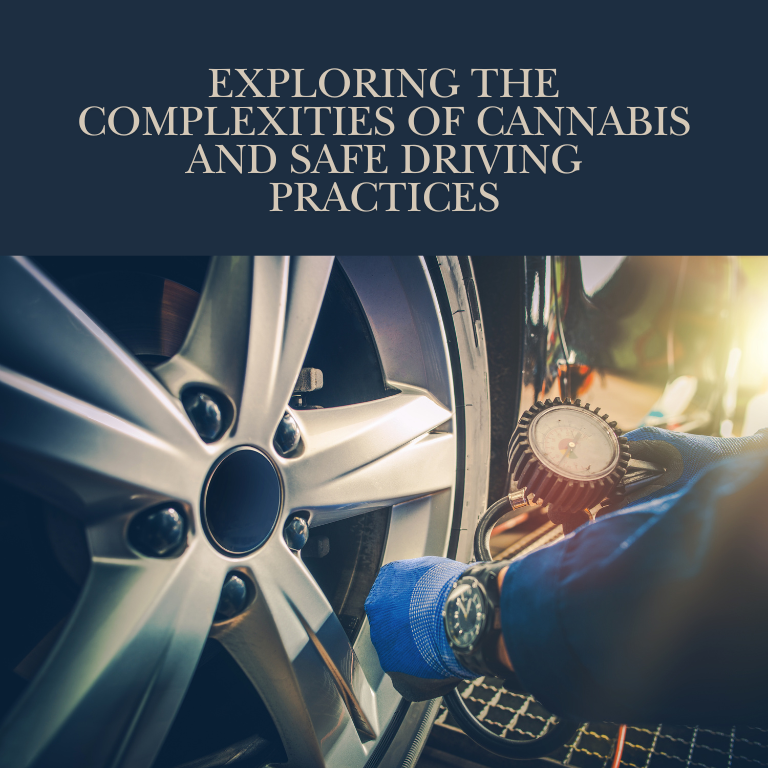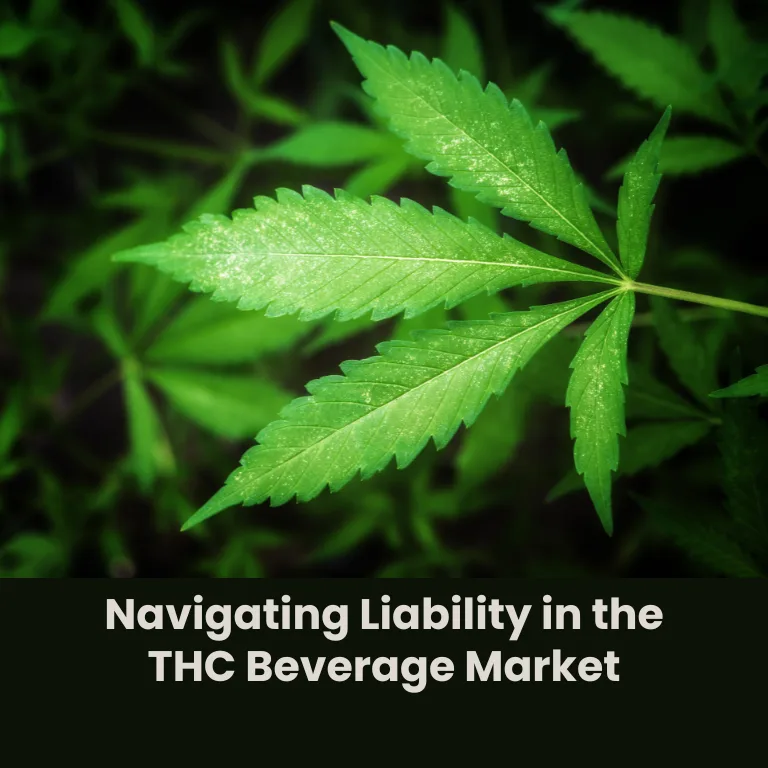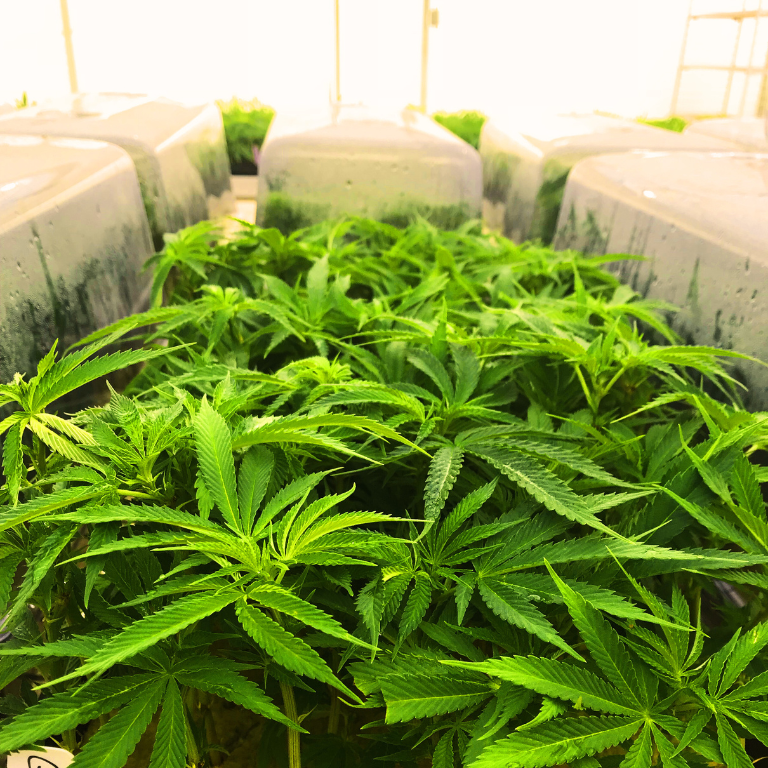Exploring the Complexities of Cannabis and Safe Driving Practices: Understanding the Risks, Challenges, and Legal Implications
The legalization of cannabis in various regions has sparked numerous debates and raised important questions about public health and safety, particularly in relation to road safety. While cannabis use has been decriminalized or legalized in several places for recreational or medicinal purposes, concerns about impaired driving persist. The impact of cannabis on driving abilities remains a complex issue, influenced by various factors such as the type and quantity of cannabis consumed, the individual’s tolerance, and the method of consumption. As more regions consider cannabis legalization, it is crucial to explore the complexities of cannabis use and safe driving practices to mitigate risks and promote road safety.
Understanding How Cannabis Affects Driving: The Science Behind Impairment
Cannabis affects the brain in a variety of ways, primarily through its active ingredient, tetrahydrocannabinol (THC). THC binds to receptors in the brain that control cognitive functions such as memory, attention, and motor coordination—critical abilities for safe driving. However, the impact of cannabis on these functions can vary depending on a number of factors, including the strain, potency, and method of consumption.
Short-Term Effects of Cannabis on Cognitive and Motor Skills
When cannabis is consumed, particularly through smoking or vaping, THC enters the bloodstream rapidly and reaches the brain within minutes. This can lead to impaired short-term memory, delayed reaction times, decreased attention, and a lack of coordination—skills essential for safe driving. Drivers under the influence of cannabis may experience difficulty in maintaining focus on the road, responding quickly to traffic signals, or making split-second decisions in critical situations.
Studies have shown that cannabis use can impair motor coordination, making it harder for drivers to perform tasks like steering, braking, or navigating tight turns. Furthermore, cannabis has been found to affect depth perception and increase the likelihood of misjudging distances or speeds. For these reasons, cannabis use is considered a contributing factor to motor vehicle accidents, particularly in situations where drivers are required to respond quickly to changes in traffic conditions.
The Challenges of Measuring Cannabis Impairment: No Standardized Testing
Unlike alcohol, which has established blood alcohol concentration (BAC) limits to assess impairment, cannabis impairment testing is much more complicated. The absence of a reliable, universal test for cannabis intoxication presents a significant challenge for law enforcement agencies and policymakers. While alcohol can be measured with a simple breathalyzer, THC levels in the blood do not correlate in a straightforward way with impairment. This creates a gap in enforcement and leaves law enforcement agencies struggling to find an accurate method to assess whether a driver is impaired due to cannabis use.
THC Levels and Impairment: Why One-Size-Fits-All Testing Doesn’t Work
One of the reasons cannabis impairment testing is so difficult is that the concentration of THC in the bloodstream doesn’t directly correspond to the level of impairment a driver experiences. For example, someone who is a frequent cannabis user may be able to tolerate higher levels of THC without showing significant impairment, while a novice user may be significantly impaired even with lower THC levels in their system. Additionally, THC can stay in the body for a long time after consumption, so the presence of THC in the bloodstream doesn’t necessarily indicate current impairment.
As a result, many regions have struggled to establish a definitive standard for determining impairment. Some jurisdictions have set a legal threshold for THC concentration in the blood, but these limits often fail to account for individual differences in tolerance and the method of consumption. This uncertainty around cannabis impairment testing makes it difficult to enforce laws consistently and effectively, leaving room for potential misuse and inconsistency in legal outcomes.
Legal Implications of Cannabis Use and Driving: Navigating the Gray Area
As cannabis legalization spreads across the world, it creates a complicated legal landscape for drivers and law enforcement alike. In many places, the use of cannabis for recreational or medicinal purposes is legal, but driving under the influence of cannabis is still prohibited. This creates a tension between personal freedom and public safety, as drivers are allowed to use cannabis but are not necessarily allowed to drive if they have consumed it.
Laws and Penalties: A Complex Patchwork of Regulations
Cannabis-related driving laws vary widely across jurisdictions, with different regions adopting distinct approaches to impairment and enforcement. In some areas, police officers are authorized to conduct roadside sobriety tests or use oral fluid tests to detect THC levels in drivers. In others, law enforcement may rely on a combination of field sobriety tests and the officer’s subjective judgment of impairment, which can be prone to error and bias.
The penalties for driving under the influence of cannabis also vary, ranging from fines and license suspensions to criminal charges. In certain jurisdictions, drivers caught with elevated THC levels in their system may face harsher penalties, even if they do not show signs of impairment. These discrepancies in laws and penalties can create confusion for drivers and law enforcement, as individuals may unknowingly violate the law by consuming cannabis in regions where the legal thresholds are unclear or inconsistent.
Educating Drivers and Promoting Safe Cannabis Consumption Habits
Given the complexities of cannabis impairment and the lack of reliable impairment tests, it is crucial for both lawmakers and industry stakeholders to prioritize public education around safe cannabis consumption and driving. Just as public awareness campaigns have successfully raised awareness about the dangers of drunk driving, similar efforts are needed to educate drivers about the risks of driving under the influence of cannabis.
Responsible Consumption and Waiting Periods: Key to Reducing Risk
One of the most important messages that need to be communicated to cannabis consumers is the importance of waiting before getting behind the wheel. Cannabis users should be educated about how long they should wait after consuming cannabis to ensure they are not impaired while driving. While the waiting period may vary depending on the individual’s tolerance and the method of consumption, most experts agree that waiting several hours before driving is essential for minimizing risks.
Additionally, consumers should be encouraged to use alternative transportation methods if they are unsure about their level of impairment. Designated drivers, ridesharing services, and public transit are all safer options for individuals who have consumed cannabis and need to get from one place to another.
The Future of Cannabis and Road Safety: Striving for a Balance
As cannabis use becomes more mainstream and more people consume cannabis recreationally or medicinally, addressing the complexities of cannabis and road safety will remain a key priority for policymakers. The growing use of cannabis, combined with the challenges of testing for impairment, calls for ongoing research and development of more accurate, reliable testing methods. It also requires thoughtful and consistent policy-making to ensure that road safety is protected without infringing on individuals’ rights to use cannabis legally.
Moving forward, the cannabis industry and law enforcement agencies must work together to create and enforce regulations that prioritize public safety while also acknowledging the evolving landscape of cannabis use. Public education campaigns, research into impairment testing, and a focus on personal responsibility will be essential in ensuring that cannabis consumption does not undermine road safety.
A Complex Issue Requiring Continued Dialogue
The relationship between cannabis use and road safety is multi-faceted, requiring careful consideration of scientific data, legal frameworks, and public health implications. As cannabis consumption increases and legal landscapes evolve, the risks associated with impaired driving must be addressed through accurate testing, clear legal standards, and public awareness efforts. By promoting responsible consumption, advancing scientific research, and ensuring enforcement consistency, we can strike a balance that keeps both drivers and communities safe while respecting individual rights.
















